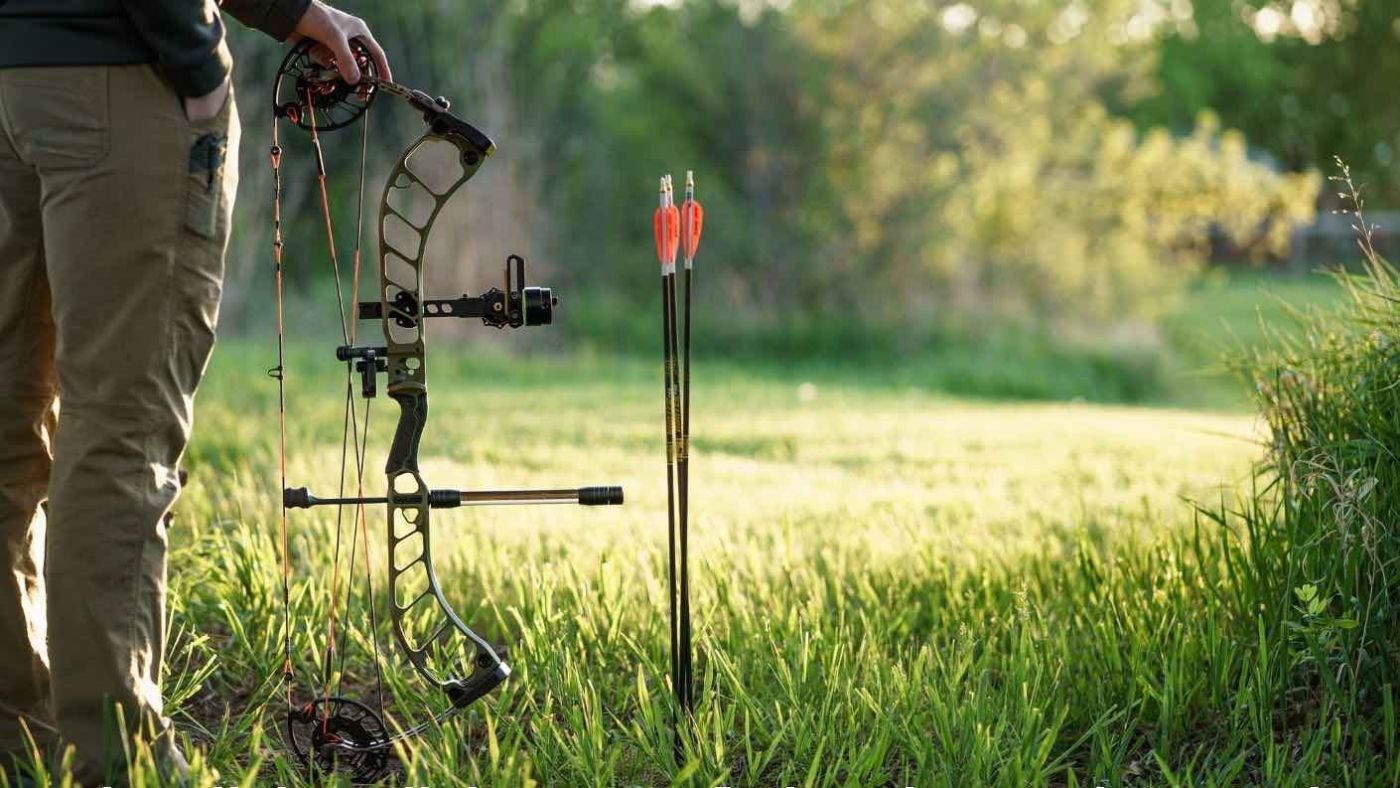Exactly how to Pick the Right Bow Stabilizer: Specialist Tips and Suggestions
Exactly how to Pick the Right Bow Stabilizer: Specialist Tips and Suggestions
Blog Article
Maximize Your Archery Precision With These Bow Stabilizer Techniques
One important aspect that can significantly impact your efficiency is the proper utilization of bow stabilizers. Whether you are an experienced archer looking to fine-tune your abilities or a newcomer eager to improve your precision, grasping these bow stabilizer techniques might be the trick to striking your mark with exceptional uniformity.
Advantages of Utilizing Bow Stabilizers
Making use of bow stabilizers can dramatically improve an archer's precision and total efficiency by lessening bow torque and vibration. Bow torque, brought on by the unequal distribution of weight in the bow, can cause disparities in shot positioning. By attaching a bow stabilizer, the weight is redistributed, decreasing the impacts of torque and helping the archer achieve a much more regular shot. Furthermore, bow stabilizers dampen resonance, which not just improves the convenience of capturing but also protects against the bow from leaping upon release, therefore assisting in keeping correct purpose.
Additionally, bow stabilizers can assist in holding the bow constant, specifically throughout gusty problems or when shooting from longer ranges. The included weight at the front of the bow provides stability and balance, allowing the archer to focus on aiming without the interruption of bow movement. On the whole, the benefits of utilizing bow stabilizers prolong beyond just accuracy, enhancing the archer's experience and efficiency in numerous shooting situations.
Selecting the Right Bow Stabilizer
Choosing the appropriate bow stabilizer is vital for maximizing your archery equipment and enhancing shooting performance. When picking a bow stabilizer, there are a number of elements to consider to ensure you find the appropriate fit for your demands. Firstly, think about the weight of the stabilizer. Much heavier stabilizers can aid minimize bow torque and take in more vibration, bring about a steadier goal. Nonetheless, lighter stabilizers use even more ability to move, which can be useful in certain shooting situations.

Lastly, think about the layout of the stabilizer. Some stabilizers include flexible weights or dampeners that allow you to customize the equilibrium and feeling of your bow. Ultimately, choosing the best bow stabilizer involves discovering an equilibrium in between weight, length, style, and product to enhance your shooting accuracy and overall efficiency.
Appropriate Setup Methods
To ensure optimum performance and safety and security in archery, mastering correct installation strategies for your bow stabilizer is vital. The initial step in mounting a bow stabilizer is to recognize the appropriate placement on your sites bow. Many stabilizers are connected more to the front of the riser, below the grasp, to help counterbalance the weight of accessories such as sights and quivers. Make certain that the stabilizer is not interfering with various other parts or hindering your capturing form.
Following, firmly attach the stabilizer to the bow utilizing the suitable placing hardware. It is essential to tighten the stabilizer comfortably to protect against any wobbling during shots. Some stabilizers come with adjustable weights that can be added or gotten rid of to make improvements the balance of your bow. Explore different weight setups to find the ideal balance that matches your capturing design.

Adjusting Stabilizer Weight and Length
After ensuring the appropriate installment of your bow stabilizer, the following action includes readjusting the weight visit the website and size to maximize its efficiency in improving archery precision. The weight of the stabilizer plays a crucial role in reducing bow movement throughout the shot cycle.
A longer stabilizer can give better stability by increasing the range between the bow and the weight at the end of the stabilizer. Alternatively, a much shorter stabilizer offers extra maneuverability and might be liked by archers who value dexterity and quick activities during capturing.
Advanced Stabilizer Tuning Tips
Attaining ideal bow security and accuracy in archery demands a nuanced method to innovative stabilizer tuning. Advanced stabilizer adjusting entails fine-tuning different parts to enhance the bow's balance, minimize vibration, and enhance total accuracy.
One more important element of innovative stabilizer adjusting is optimizing the damping properties of the stabilizer system. This can be accomplished by incorporating additional moistening devices such as rubber dampeners or harmonic stabilizers to further minimize vibration and noise. Discovering various products for the stabilizer construction, such as carbon fiber or light weight aluminum, can additionally influence the bow's performance by altering its weight circulation and rigidity. By meticulously tweak these sophisticated stabilizer aspects, archers can optimize their precision and consistency on the variety or in competitors.
Verdict
In final thought, optimizing archery accuracy can be attained with the proper choice, installation, and change of bow stabilizers. In general, including bow stabilizers into archery technique can lead to improved efficiency and enhanced precision.
Utilizing bow stabilizers can significantly improve an archer's precision and total efficiency by reducing bow torque and resonance. Longer stabilizers supply greater stability and equilibrium, particularly for long-distance shooting, while shorter stabilizers use even more flexibility and are much easier to steer in limited rooms (bow stabilizer). Carbon fiber stabilizers are durable and light-weight, while light weight aluminum stabilizers are robust and provide excellent vibration moistening
A longer stabilizer can supply better stability by increasing the distance between the bow and the weight at the end of the stabilizer.One more critical aspect of advanced stabilizer tuning is optimizing the damping properties of the stabilizer system.
Report this page